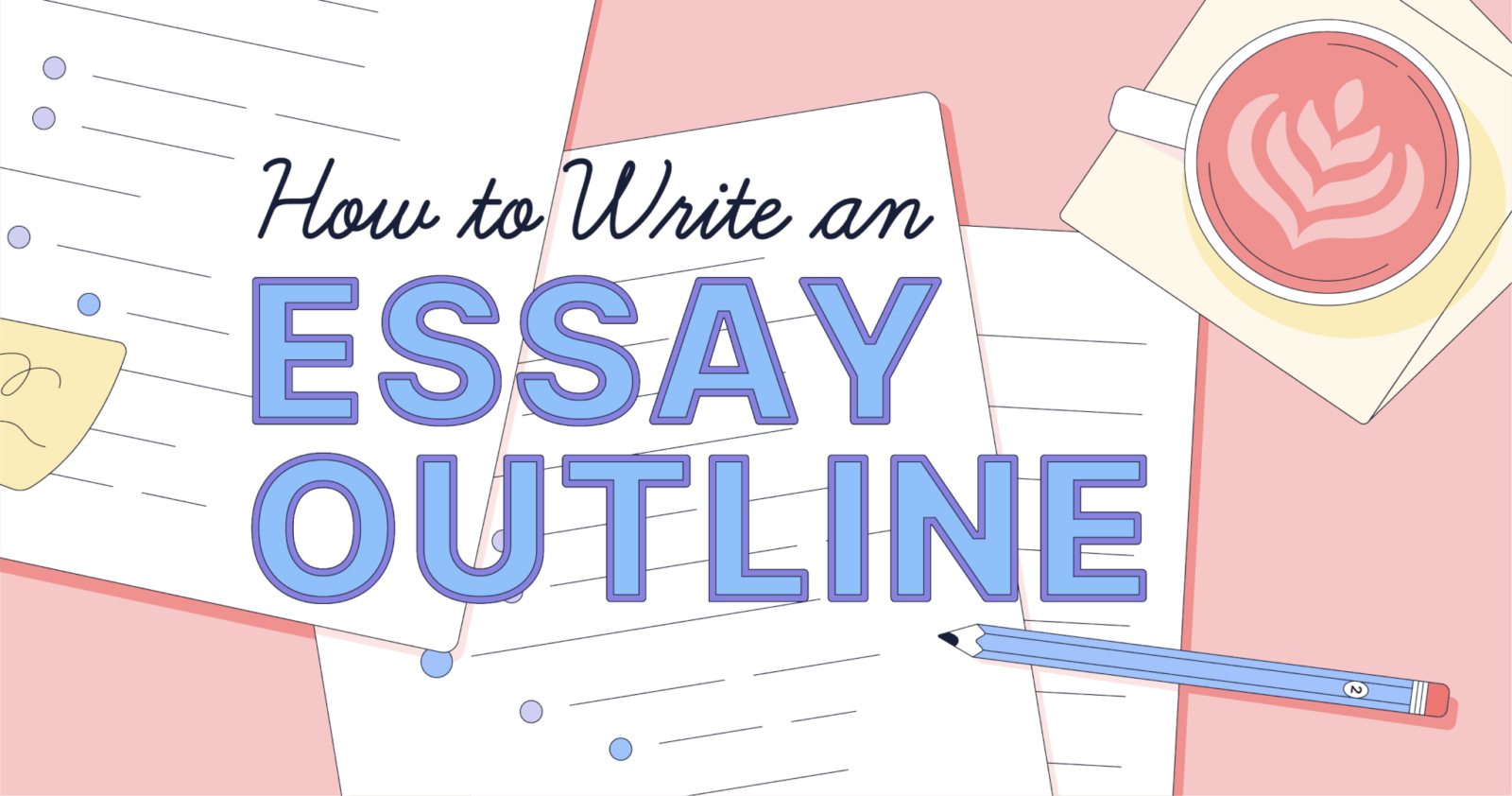An essay outline is a framework that structures your essay and helps organize your main points. Creating an outline is an important step in the essay writing process, as it provides guidance and focus as you write. Constructing an effective essay outline is pivotal for organizing thoughts and creating a cohesive structure; for those seeking a reliable approach to assignment completion, the solution provided at https://ukwritings.com/do-my-assignment exemplifies how this do my assignment solution works seamlessly, offering valuable assistance in the outlining process. A good outline will make writing your essay easier and more efficient. In this post, I’ll explain what an essay outline is, why it’s useful, and how to create an effective outline for your essay.
What is an Essay Outline?
An essay outline is a skeletal structure or rough plan for your essay. It maps out the overarching structure, main points, and supporting points you plan to include. An outline typically consists of headings, subheadings, and bullet points organizing your ideas. Headings might include an introduction, body paragraphs, and conclusion, while subheadings break these into more specific points.
The purpose of an outline is to organize your ideas so you can present them in a clear, logical, and structured manner. A good outline will make the actual writing process smoother and more efficient. It provides you with a blueprint to follow as you work so you can stay focused and present your points and analysis coherently.
Outlines can be very detailed or very general, depending on your needs and the complexity of the essay. A more detailed outline will include specific examples, quotes, statistical data, and other supporting material you plan to use. A less detailed outline may simply contain headings and general points. When tackling the task of creating an essay outline, a systematic approach is crucial for clarity and coherence; exploring the benefits of cheap essay writing services can be an effective strategy in achieving a well-structured and cost-effective outline.
Why Create an Essay Outline?
Outlining brings several advantages to the essay writing process:
1. Organization
An outline provides an overview of how you plan to organize your essay. It shows the order in which you will present ideas, how different sections will build off and relate to each other, and the connections between your main points and supporting evidence. This helps ensure your essay has a logical flow and structure.
2. Focus
An outline forces you to think through your topic carefully and decide what your main argument or thesis will be before you start writing. This process helps you identify the key points that need to be made to support your thesis. With an outline, you can spot potential weaknesses in your argument and areas that need more supporting evidence.
3. Efficiency
A detailed outline saves time during the actual writing process. By planning out your essay ahead of time, you won’t waste time staring at a blank screen trying to figure out what to write next. You can follow your outline and expand on each point, moving through the essay more quickly.
4. Coherence
An outline provides a clear vision of how ideas and paragraphs will connect, creating a logical flow or coherence throughout the essay. Smooth transitions and consistent structure will keep your writing clear and concise.
5. Reminder
An outline provides a helpful reminder of points you wanted to include so you don’t forget key ideas. You can check back on your outline while writing to make sure you are staying on track.
How to Write an Effective Essay Outline
Writing an effective outline requires planning and time. But the effort pays off by providing focus, clarity, and direction throughout the writing process. Follow these steps:
Choose Your Topic
Choose a specific topic or essay prompt to write about. Make sure you fully understand the assignment requirements. Taking the time to choose a focused topic will give your essay direction.
Research First
Conduct any necessary research early in the process. This could include reading assigned texts, reviewing lecturer notes, or searching for relevant sources online or in the library. Research will add supporting facts, examples, quotes, and data to your outline.
Decide on Your Thesis
After researching your topic, determine what you want the main argument or thesis of your essay to be. Your thesis statement expresses the central point you want to make and sets up the rest of your essay.
Brainstorm Main Ideas
Brainstorm the major points and ideas you want to include in your essay. These will form the headings of your outline. Cluster related ideas together under these main headings. Make sure points clearly relate back to your thesis.
Organize Structure and Flow
Organize your main points in an order that makes logical sense. Determine how ideas will build off and connect to one another. The structure and flow of your outline expresses your argument. Common structures include chronological, compare/contrast, cause/effect, and importance.
Add Supporting Details
Under each main heading, add 2-4 subheadings with specific examples, facts, quotes, data, and other details to back up the main points. This supporting evidence will become paragraphs in your essay.
Include Introduction and Conclusion
Most outlines will start with the introduction and end with the conclusion. Write a brief description of your opening paragraph, including your hook and thesis statement. Do the same for your conclusion, including how you will summarize or close the discussion.
Write Full Sentences
Some people outline using short phrases, while others write full sentences for each point. Full sentences create clearer connections between points and improve the flow from outline to essay. Include topic sentences for each paragraph as well.
Use Parallel Structure
Maintain parallel structure between headings and subheadings. For example, if your headings are noun phrases, your subheadings should also be noun phrases, not full sentences. This builds coherence and consistency.
Essay Outline Template
Here is a general template you can follow for a basic essay outline:
Introduction
- Hook: Get reader’s attention
- Background context
- Thesis statement
Body Paragraph 1: Main idea/topic sentence
- Supporting evidence 1
- Supporting evidence 2
Body Paragraph 2: Main idea/topic sentence
- Supporting evidence 1
- Supporting evidence 2
Body Paragraph 3: Main idea/topic sentence
- Supporting evidence 1
- Supporting evidence 2
Conclusion
- Restate thesis
- Summarize main points
- Closing thoughts
This template can be adapted for essays of various lengths and complexities by adding more body paragraphs, details, and evidence as needed. The key is ensuring the structure matches the requirements of your particular essay and keeps your ideas organized.
Tips for Effective Essay Outlines
Here are some additional tips for crafting a thorough, useful essay outline:
- Make sure each main point connects back to your thesis. All body paragraphs should work together to support it.
- Only include relevant, supporting details – resist the urge to put every fact you found through research. Keep it concise.
- Carefully order paragraphs so points build logically upon each other.
- Be consistent with formatting, structure, and parallelism in points.
- Double check for any gaps in logic or missing information.
- The more detailed your outline, the easier your essay will be to write.
With some planning and organization, creating an essay outline can set you up for writing success. Use the structure and focus an outline provides to write efficiently and produce your best work. What are you waiting for? Start outlining your next essay today.










Leave a Reply